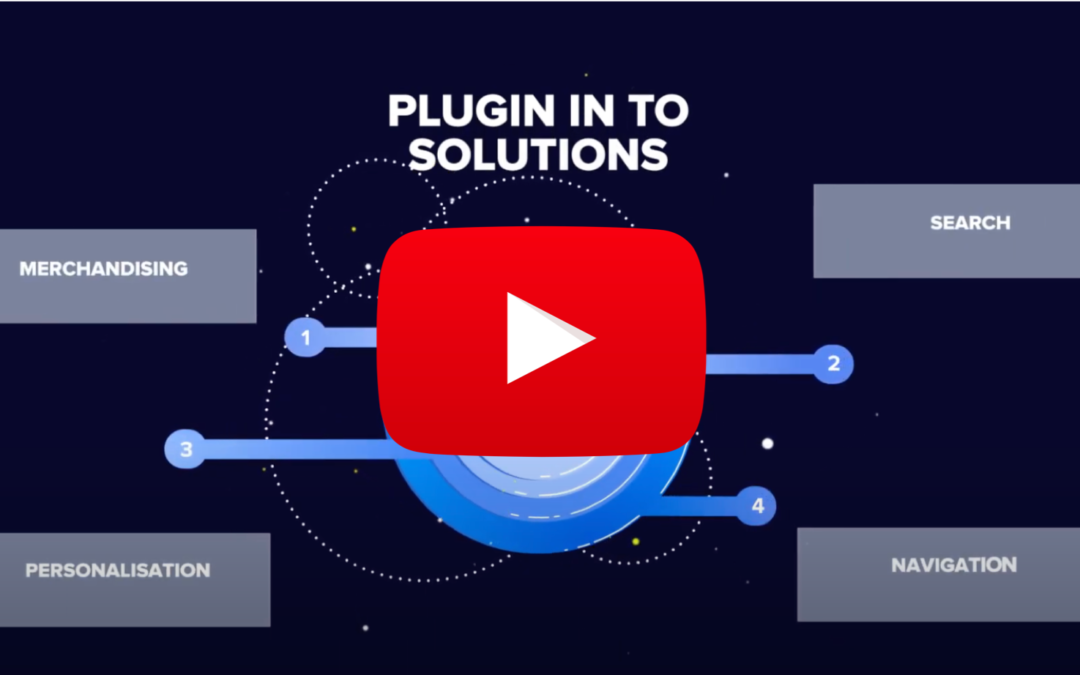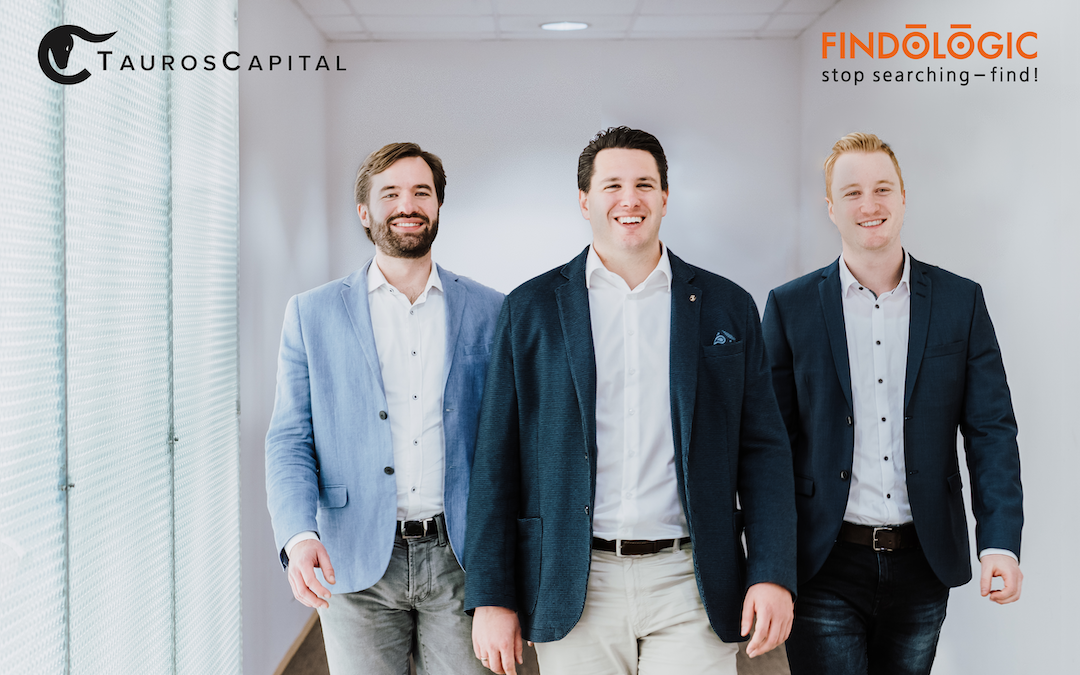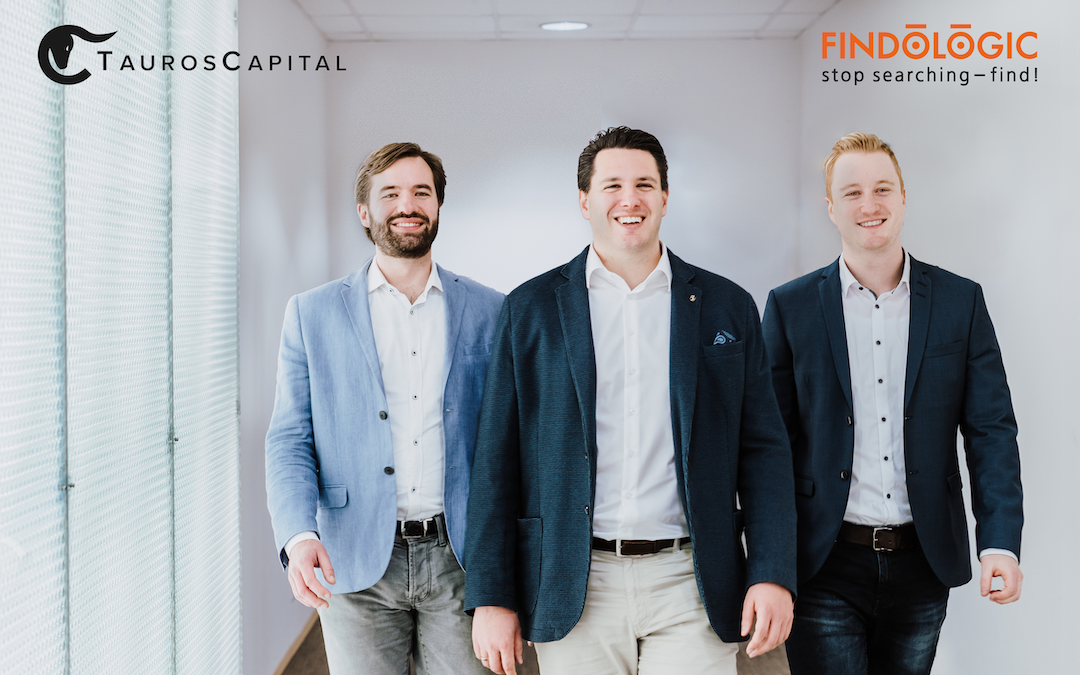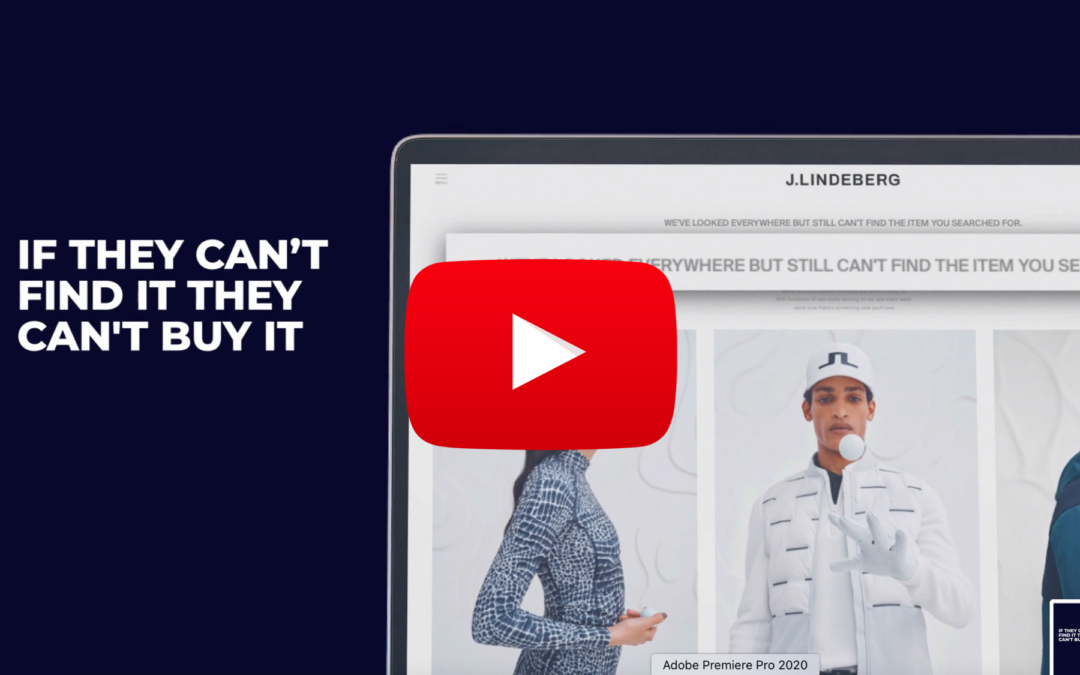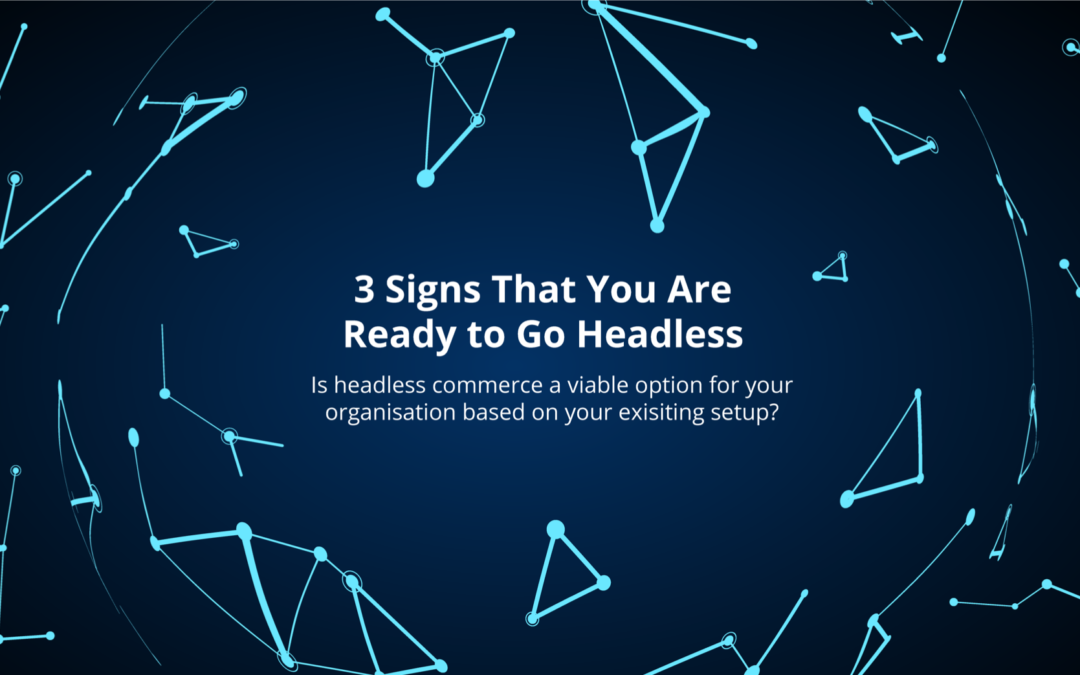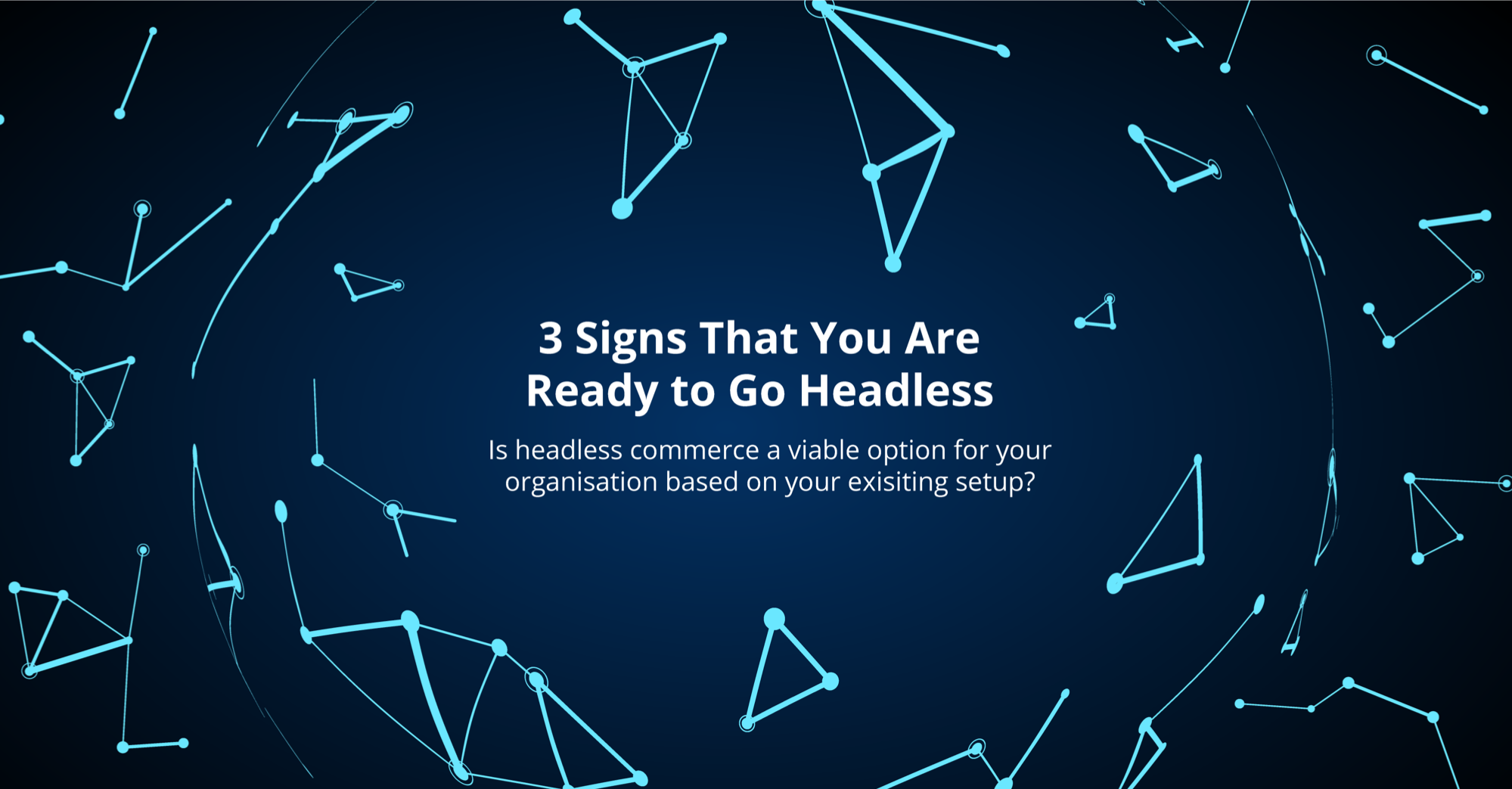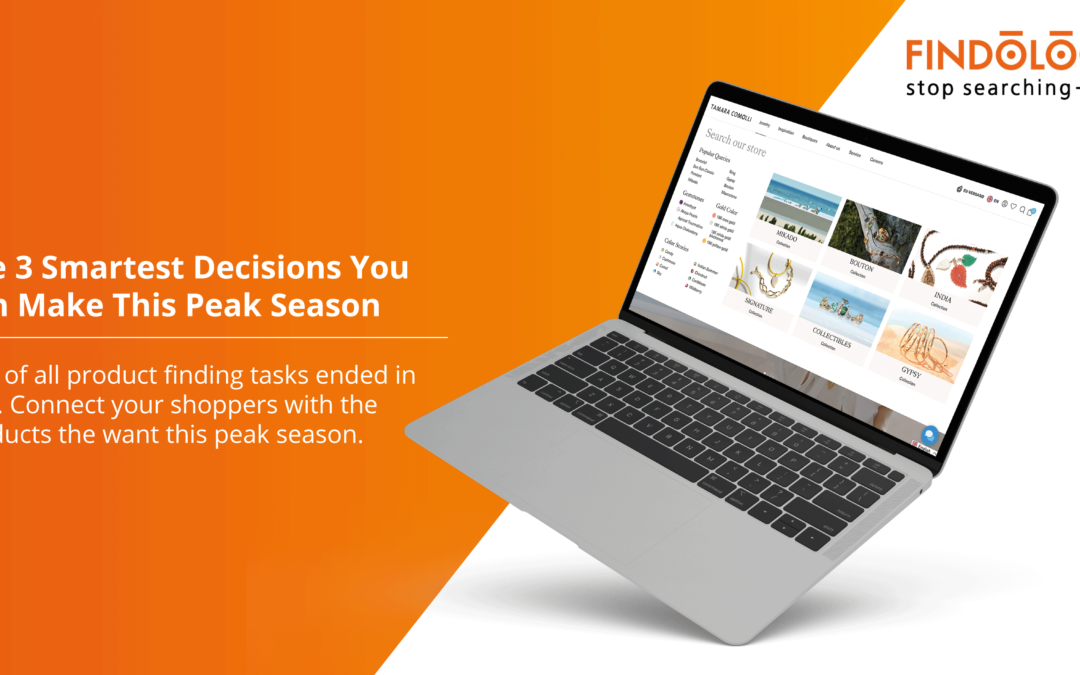
The 3 Smartest Decisions You Can Make This Peak Season

The 3 Smartest Decisions You Can Make This Peak Season
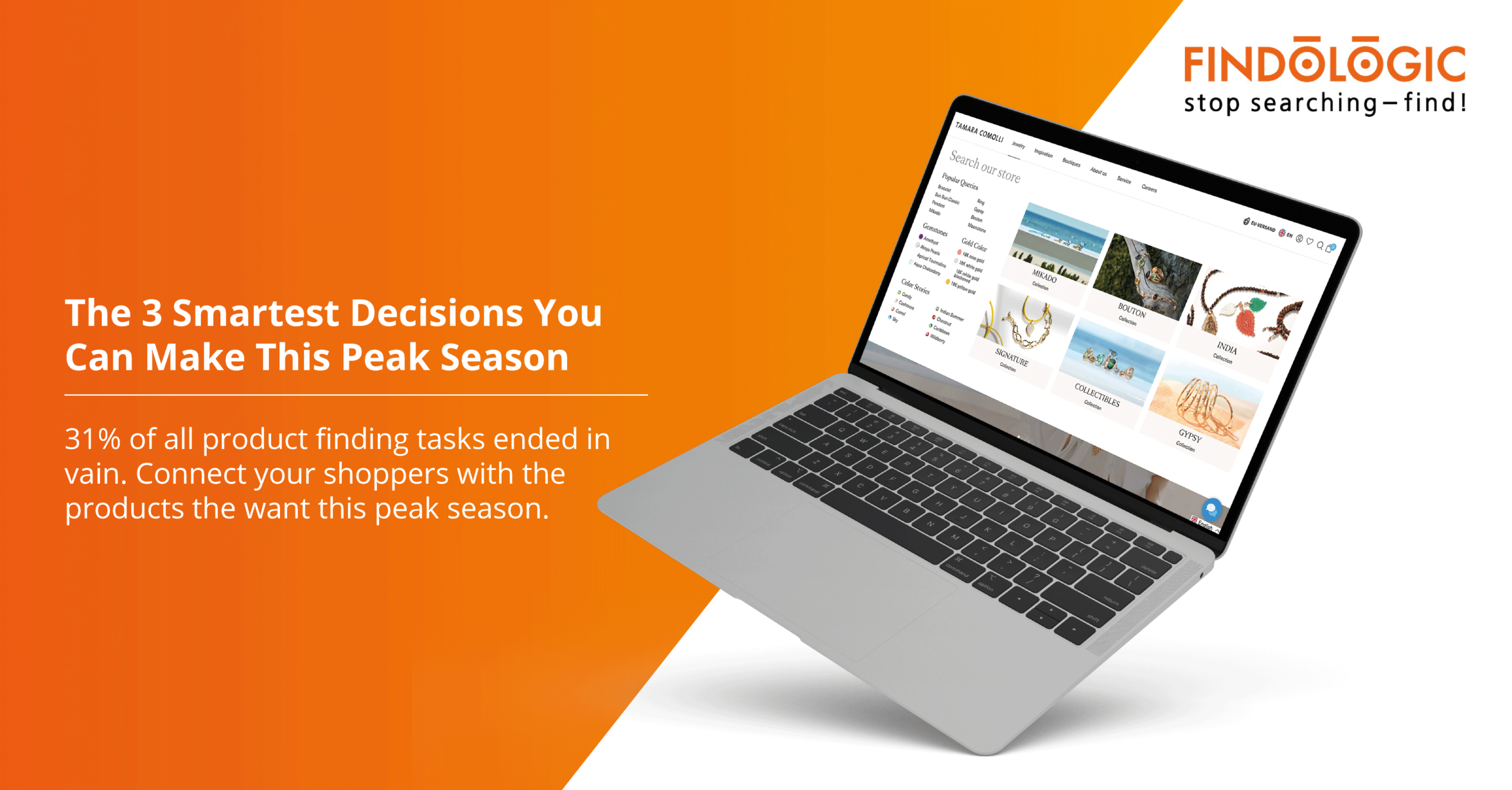
It’s an all too familiar story. For peak season, retailers often rely on the fact that their current on-site setup will allow them to achieve a significant uplift in KPIs compared to quieter seasons. Of course, due to increased demand, this is the case, but it is certainly not a reflection of the retailer’s customer experience. This has only been reinforced during the pandemic, where many retailers have pushed on-site optimisation down their corporate agenda, as they’ve been able to excel without.
Reliance on peak season to generate sales without having a sound on-site experience diminishes the potential to meet and exceed organisational goals. Non-existent, outdated or underperforming tech stacks or solutions directly affect sales and loyalty throughout the year, but this is only exacerbated in periods where demand spikes and the relative abandonment or conversion rates represent a huge chunk of your revenue. To caveat this, while we frequently reference investment in your tech stack as a requisite for uplift, some third-party providers may pose a threat to operations if they are not resilient to increased requests, so consider this before peak season mania to avoid any downfalls.
Products often overwhelm online shoppers. If they struggle to find a needle in a haystack – aka, their desired products, shoppers will abandon their search and your chances of conversion are ruined. In fact, during search usability testing, 19 of the world’s leading e-commerce sites’ search support was so weak that 31% of all product finding tasks ended in vain. This reinforces the requirement for retailers to prioritise search and navigation capabilities if they want to connect shoppers with relevant products.
There is a wide range of features and optimisation options that can be deployed at various touchpoints, from the very first interaction with the search bar to the refinement of a search query, mobile UX and personalisation. Here are our top 5:
1. Search and Navigation
Based on the fact that so many users can’t even find their desired products, it is a retailer’s responsibility to make their journey fail-proof. Search is at the epicentre of a shopper’s path to purchase, so it is essential that it is made as seamless as possible. There is a plethora of features and predefined logic that you can implement that optimise search and navigation, but some callouts include:
- Comprehensive Assisted Suggest: as soon as a user interacts with your search bar, you should begin to guide shoppers. Recommendations, previewed products and query suggestions all contribute towards a streamlined path to purchase.
- Synonyms: synonyms allow for wider search coverage. For example, if a user searches for ‘blow dryer’ rather than ‘hair dryer’, they will always be presented with the full range of results. The same goes for typos – you should automatically handle typos and show relevant results and eliminate dead ends.
- Filter Navigation: Universal, one-size-fits-all filters are frustrating, for example, if you sell trousers you can’t just apply the same filters as you would for a pair of earrings. Configure relevant filters for products so that shoppers can refine their search more intentionally.
This list is by no means exhaustive, and it is important to analyse your pain points to determine where your resource will be best spent.

2. Mobile UX
Replicating the desktop experience on mobile is bad practice, yet again and again, retailers cram all of the same elements into a screen that is a fraction of the size. The result? A cumbersome, difficult to navigate shopping experience. By deploying mobile-specific features, retailers are able to dramatically increase mobile sales – with UK mobile sales expected to generate £79.81B in 2022, it’s all to fight for. Recommended mobile features include:
- Everpresent filters, that are conveniently accessible as the user scrolls
- Collapsible overlays, which maximise the screen space and remain hidden when not in use
- Simplified assisted suggests, reducing the tension between elements such as images and text and background layers
- Voice search for intuitive, easy use
Another mobile strategy well worth consideration is replicating the familiar interface used by Google, Instagram, Facebook and Twitter to create a more subconscious experience. By deploying this, retailers are able to:
- Minimise discrepancies between the channels users interact with every day
- Provide a more instinctive and unconscious path to purchase
- Deploy instant touchpoints
- Engage dynamic and conversational navigation based on unique user requirements

3. Merchandising
The ability to optimise product hierarchy or create campaigns that increase the visibility of a product or deal throughout the customer journey has the power to control sales on a more granular level. It isn’t just a matter of converting or not converting, but also what is converting. For example, if you have a particular product that has a high profit margin or a surplus of inventory you’d like to sell, you can display adverts at multiple touchpoints and move them up the product listings. So whether your business goal is to increase average order value or boost profit margins, you’ll be able to underpin these objectives when you leverage merchandising. The easiest way to do this is via a 360-degree campaign manager, which you can learn more about here.
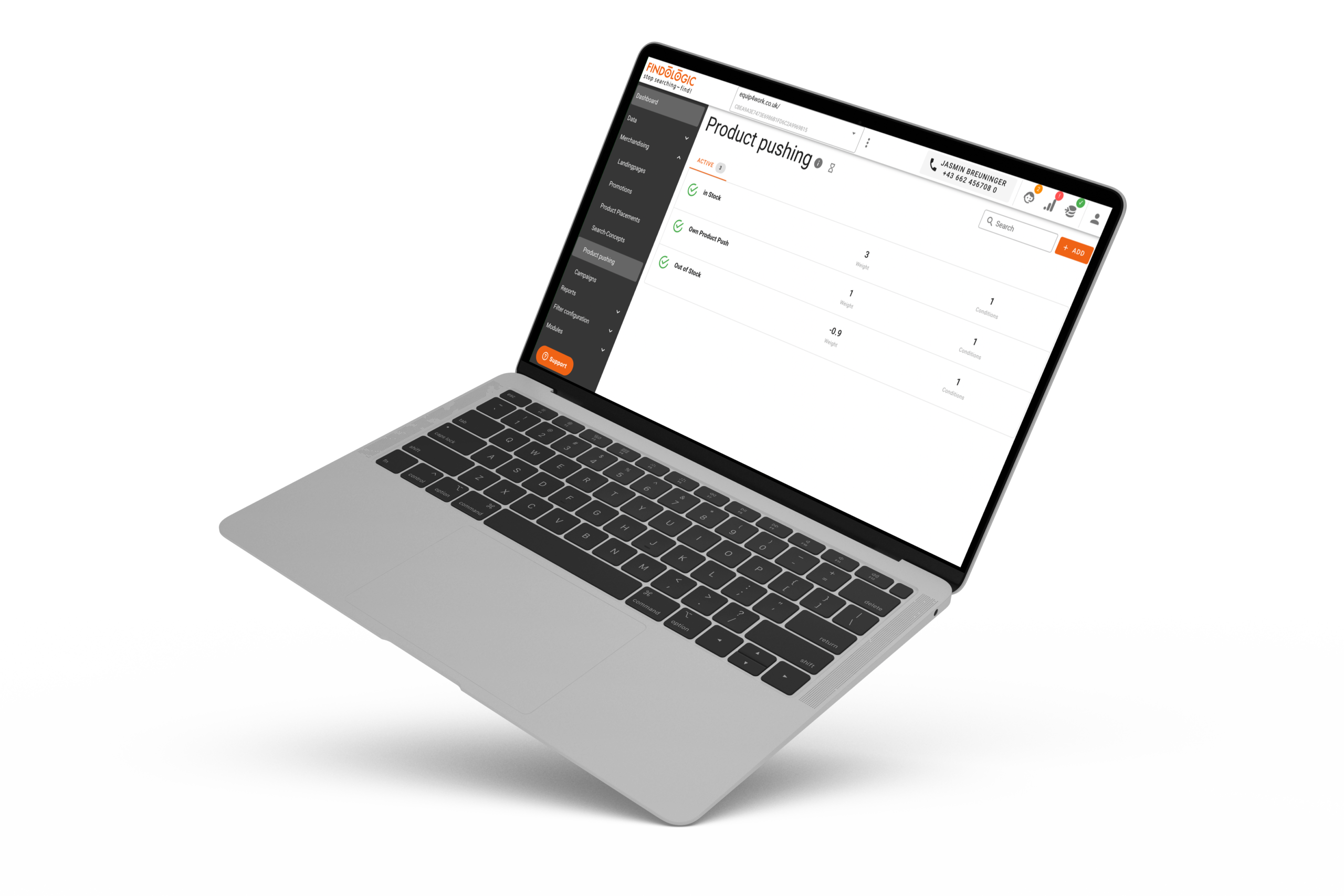
Not just for Christmas
It is safe to assume that a bulk of the benefits will be seen from these optimisations during peak season, which is why it is so crucial retailers put processes in place before it is too late.
However, while these improvements will boost peak season performance, improved KPIs will not be an isolated occurrence. Positive experiences during the peak season will not only foster loyalty moving forward into quieter months, but also see a continued increase in usability and conversion and revenue.

Rachel is a Content Marketing Specialist, creating insightful materials on all things eCommerce, tech and Findologic that drive growth and awareness. Rachel has a wide understanding of the tech space, before joining Findologic, she produced content for global FinTech publications as well as working closely with industry leaders on a range of marketing initiatives.

